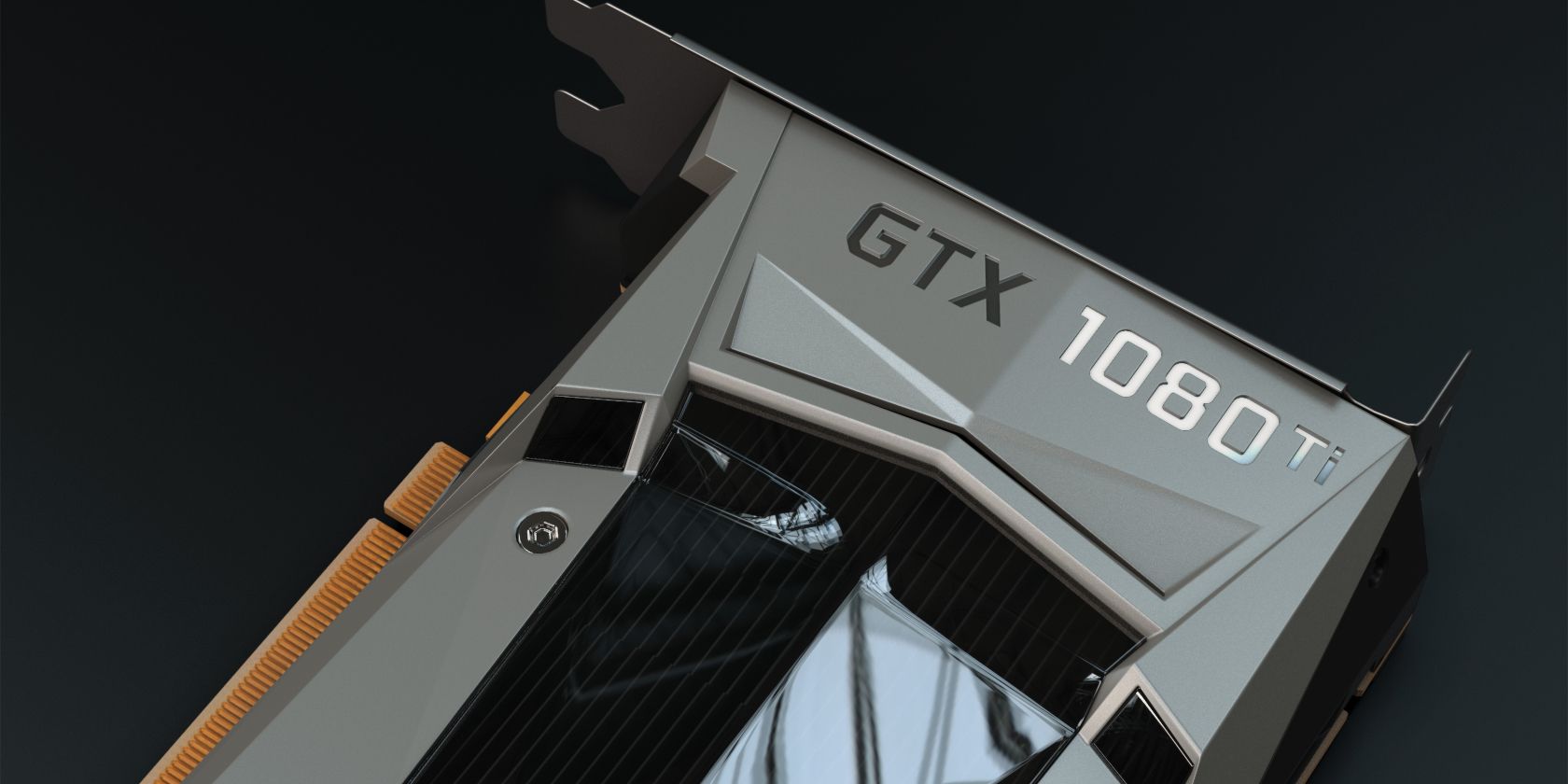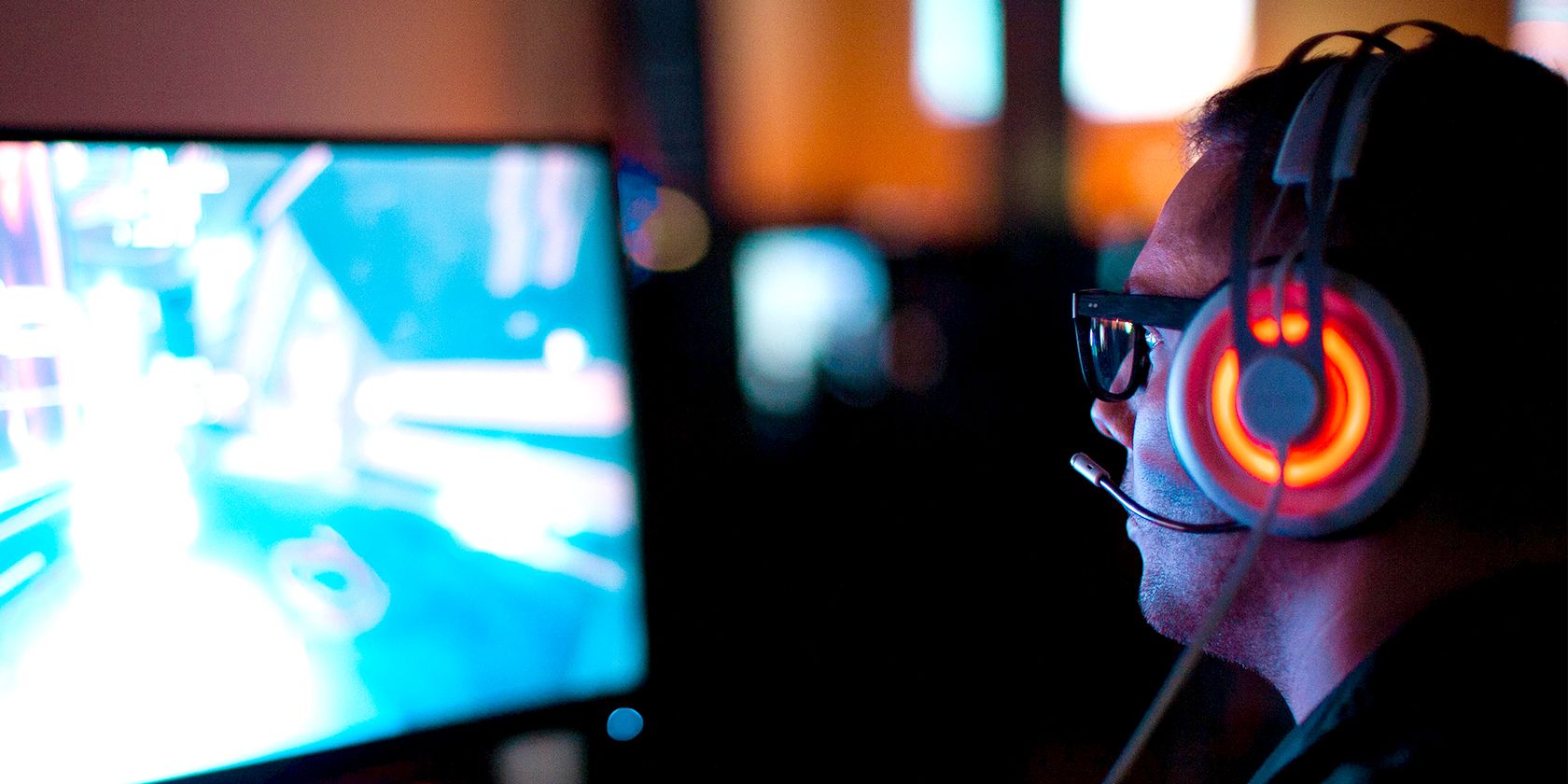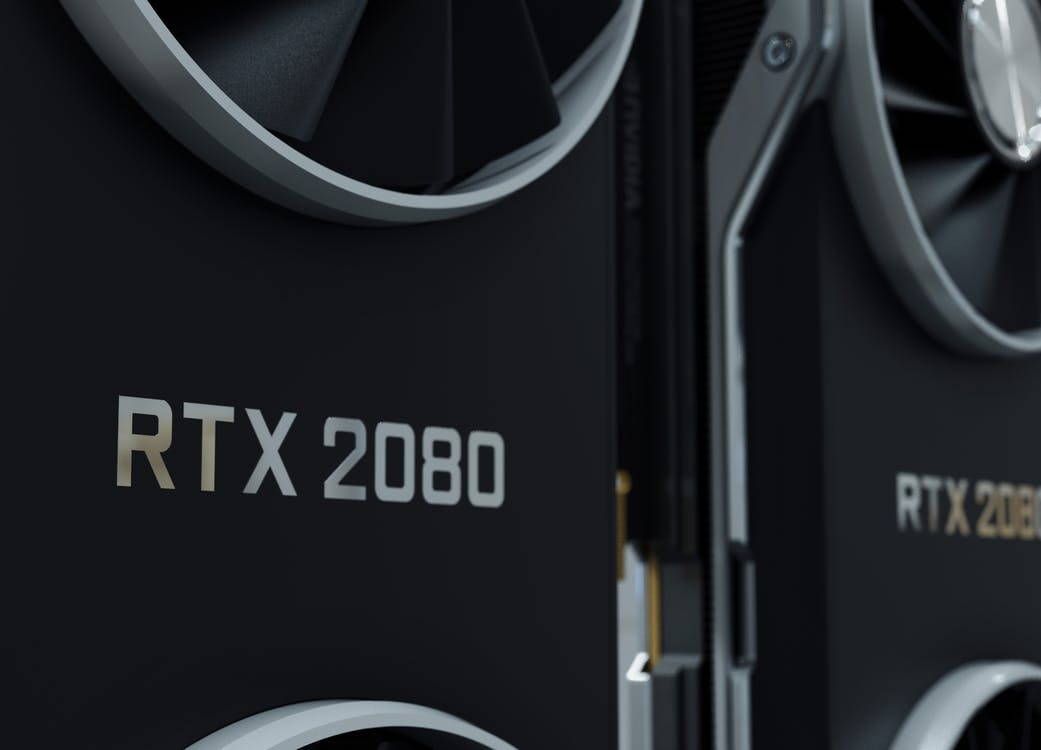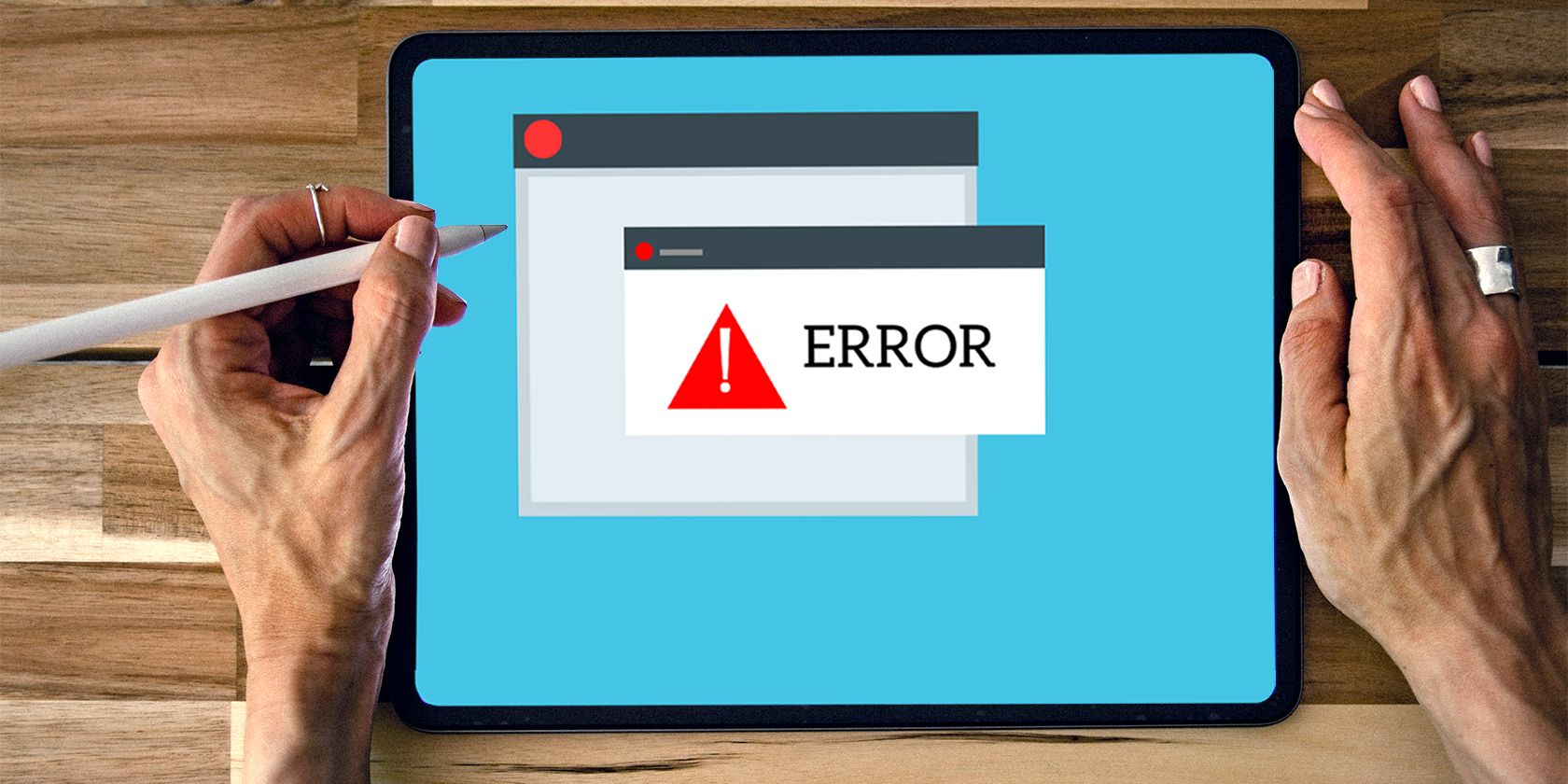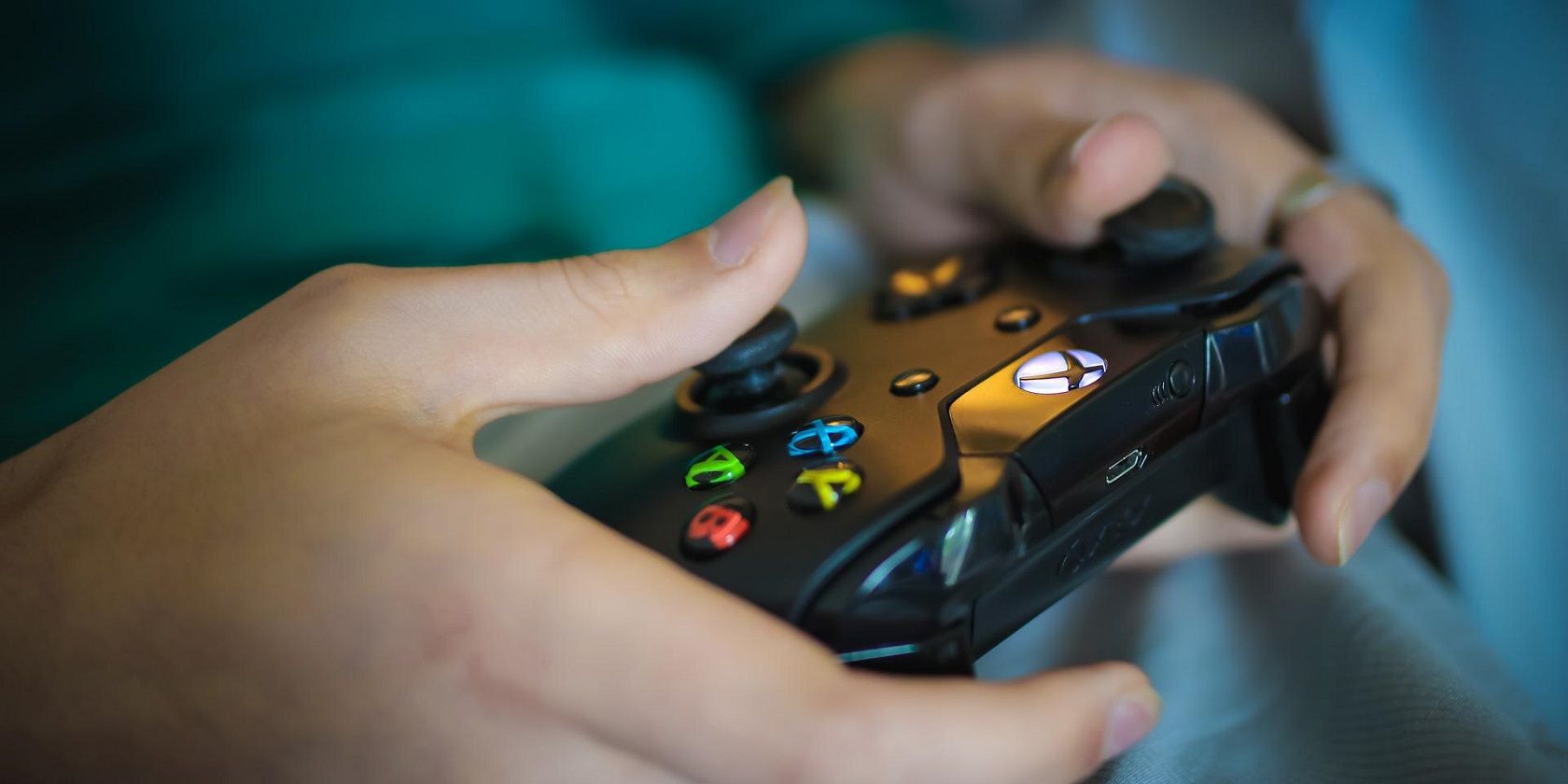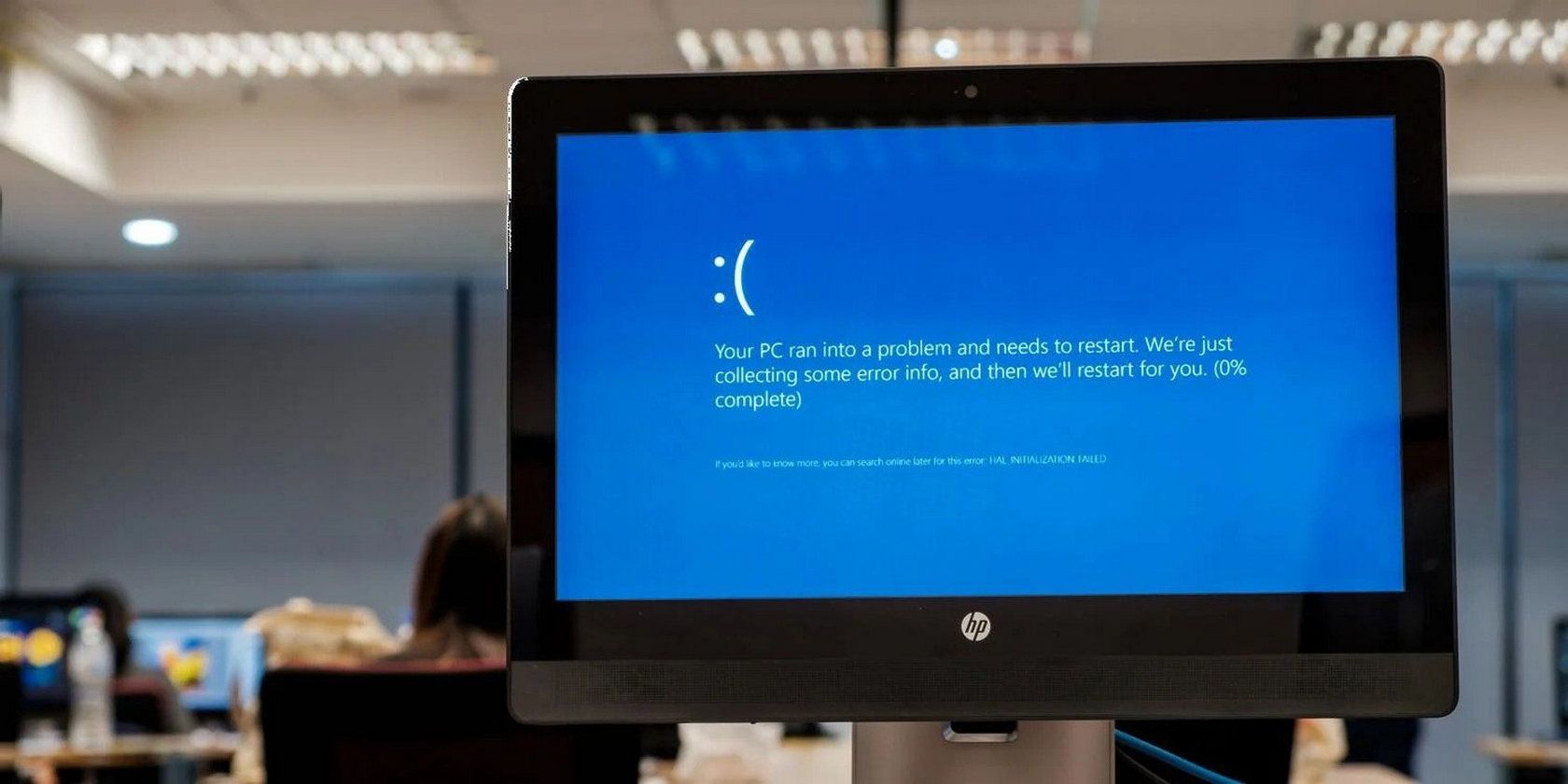Hardware failure is always bad, and it can be particularly painful if the piece that dies turns out to be the GPU—out of all things. The fact is that GPUs are one of the most expensive parts of a gaming PC, yet under the wrong thermal conditions, or if it endures too much abuse, it too can fail.
Luckily, several signs will appear when your GPU is close to dying. So, here are the main things to look out for if you suspect your GPU is about to die and how to tell if your GPU is about to fail.
1. Graphical Glitches Gradually Worsening
This is one of the most obvious signs a graphics card is reaching the end of its lifespan. Likewise, when graphical glitches appear, it's a bad sign, as it means your graphics card is struggling to render things correctly on the screen and can be a sign of a dying graphics card.
Graphical glitches are mainly spotted in games, manifesting as poorly-loaded textures, screen glitches, screen tearing, or random artifacts appearing on your screen mid-game. But sometimes, you might also see those glitches outside of games in your operating system menus or other apps, where you might see poorly-rendered text and other graphical artifacts.
If the glitching began suddenly, with no evidence of software causing the issues and no recent firmware updates, it's likely your GPU is about to fail.
2. Strange Fan Noises
A second, less obvious sign of a dying GPU is when its fans stop behaving properly. Again, dying fans are not by themselves a symptom, but if left unchecked, it can lead your GPU down the road of hot, uncomfortable death.
You'll know if your GPU's fans are dying if they emit a strange noise while running under load or if one or more of them (most GPUs come with two or even three fans) straight-up stops working. From here, it's very important to check your GPU's temperature. If it's anything over its usual limits, you should check its fans after all.
If those fans are left unchecked, they can wear the other fans in the GPU by making them spin even faster to make up for the lost one, causing more wear and tear to your beloved graphics card and probably causing permanent damage down the road.
3. Crashes Galore
One piece of evidence that your GPU might be about to die is if your PC is crashing and rebooting more frequently than usual. If your game hangs up and crashes and seems to be happening more frequently, you should immediately look into it. When that happens, it might be time to troubleshoot and see if your GPU is the route of your problems.
A crash can be caused by anything, so it's not conclusive evidence. However, that's also why we advise you to troubleshoot your PC yourself before proceeding—remove different components one by one and see if any of them are the culprit for your new PC problems.
Who knows? Maybe you'll find it's an SSD failure or bad, faulty RAM, rather than having to fork out a new GPU.
4. Significant Frame Drops
Another way to tell if your GPU is dead or about to die is if your games suddenly feel choppier than usual.
When you're playing a game, if you notice it's running at 10 FPS instead of the usual 60 FPS, it could be a bad sign for your GPU's health. You'll need to rule out other things before ensuring the actual GPU is the culprit. Specifically, you should rule out that the GPU is thermal throttling. Test your graphics card's temperatures; if they're too high, you should go back to point number two (Strange Fan Noise) and check if your GPU fans are working correctly. If temperatures seem fine, yet performance is still awful, this may mean disaster.
If your whole operating system crashes, triggering a blue screen of death with it, it's worth looking into. At some point, you might not even be able to boot it back up again.
5. Blue Screen of Death
Finally, the ultimate sign of GPU failure is also the ultimate warning that something is seriously wrong with your computer: the blue screen of death. At least, that's how it presents on Windows. It can come up for any reason, and yes, it can also come up if your GPU is going bad. Other operating systems present critical errors different from Windows.
If your whole operating system crashes, it's worth looking into. If the crashes become frequent, at some point, you might not even be able to get back into your PC, as it might even begin throwing errors during boot-up.
If you're suffering, as we mentioned in section three—Crashes Galore—you should rule out other bad components and troubleshoot before concluding that your GPU is going bad.
What Should I Do if My GPU Is Damaged?
We know this can be an emotional moment, but when GPUs start to go bad, even if there's a way to bring them back to life, you should look into buying a new graphics card. That being said, depending on the GPU issue, there are actions you can take. For example, you might have a temporarily faulty GPU that can be fixed before it dies.
For example, if the fans are bad, you can try fixing them. Make sure they're all clean and spinning correctly by taking out all the dust, and if one of them isn't spinning even after that, you can attempt an actual repair. The process of repairing a GPU fan is not an easy one, and depending on the GPU, it might be a time-consuming and expensive process.
If you suspect actual hardware damage, you can repair your lost-cause graphics card once it's completely dead by removing its heatsink, cleaning the leftover thermal compound, placing it on a baking sheet, and cooking it in the oven. That's not a joke—it's a legit thing many have done to attempt to revive a dead graphics card, with some success. You can also use a heat gun for this. The principle behind that is that "re-flowing" allows bad solder joints to bind back together and possibly fix the card.
However, do NOT do that unless your graphics card is completely dead. It's mostly regarded as a temporary fix and might not even work in the first place. Likewise, if you do it on a working card, you also have a high probability of breaking it. Furthermore, these are suggestions as to how you might proceed. MUO cannot vouch for this process or its success rate, as every GPU is different and may have an entirely different issue.
Is My Graphics Card Dying?
The number of dead GPUs increased exponentially as the crypto market crashed, forcing crypto miners to part with their hardware. Learning to spot the signs of a dying GPU can help you avoid disaster by allowing you to plan what to do if the graphics card dies completely. There are ways to fix things, but the best one is likely to buy a new GPU whenever you have the chance.

